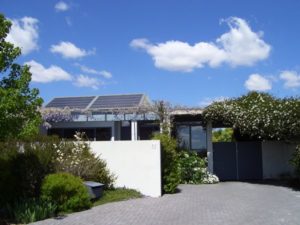Read Peter Smith’s address to the Modular and Offsite Building Conference, Perth, on Unibuild’s fire, flood, cyclone and other hazard proof “off site” modular building technology.
Transcript (Unibuild_Conference_Script),
Photographs, (Unibuild_photographic Slides)
Remote Area Mobile Unibuild Precasting Plant.
Unibuild established a modular off-site precast plant in Far North Queensland, for the training of local Indigenous community unemployed workers wanting to design and build their own hazard proof housing and other buildings without having to rely on expensive and confusing “Consultant” documentation unsuited to FNQ climatic and indigenous living conditions.
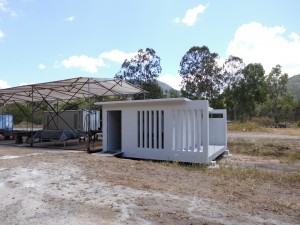
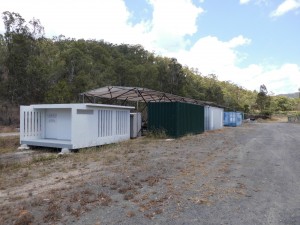
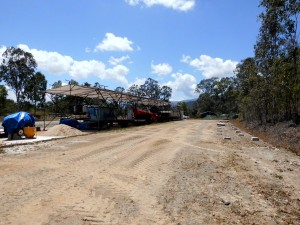
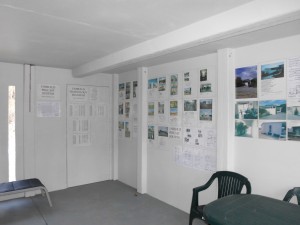
RECENT REMOTE AREA PROJECTS.
9288 –Rain Forest Cabin (9288-plan)
9290 – Holiday Park Cabin (9290-plan)
9291 – Cabin and Caravan Storage Unit (9291-plan)
9300 – Granny Flat Shell (9300-plan)
9304 – FNQ Aboriginal Housing (9304-plan) (9304-3d-1) (9304-3d-2)
9306 – Factory Site Office (9306-plan) (9306-3d-1) (9306-3d-2)
9310 – Backpacker Accommodation (9310-plan)
9312 – Hospital Clinic, Aurukun (9312pl01) (9312-3d-1) (9312-3d-2)
9314 – Accommodation, Aurukun (9314plan) (9314-3d-01) (9314-3d-02)
9316 – 4 Bedroom House, (9316-plan)
9318 – 4 Bedroom House (9318plan1) (9318plan2) (9318-3d-1) (9318-3d-2)
9320- 2 Bedroom House (9320PL01) (9320plan2) (9320-3d-1) (9320-3d-2)
9322 – 3 Bedroom House (9322plan1) (9322plan2) (9322-3d-1) (9322-3d-2)
Unibuild – Proven Sustainability
Unibuild’s first modular, semi prefabricated, passive solar energy project was built in Canberra, ACT, in 1968. After 48 years of occupancy this house was recently sold for an exceptionally high price. It is good for another 48 years, and longer.
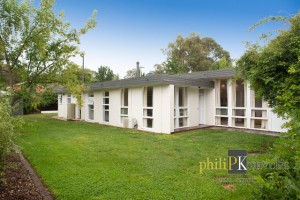
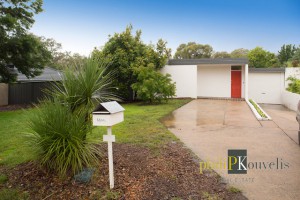
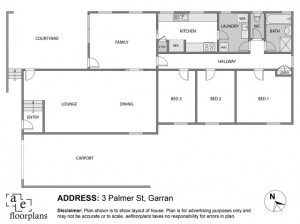
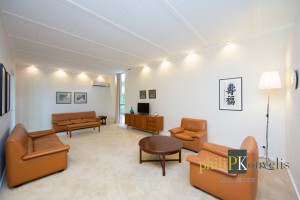
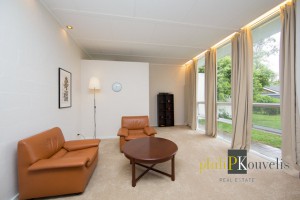
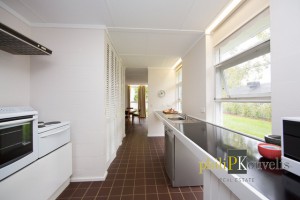
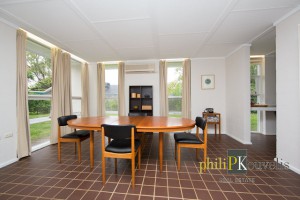
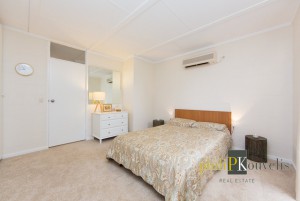
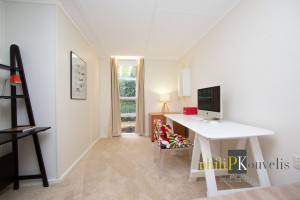
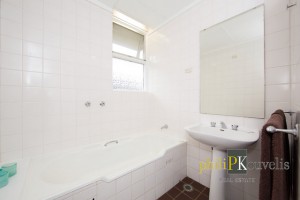
Flood Proof Building Technology
If all the houses and low rises buildings damaged and destroyed during the recent Australian floods had been built using The Unibuild flood proof technology they would have remained undamaged and habitable.
Fire Proof Building Technology
The loss of human life and property caused by the recent fires in Australia is regretable. Had the properties been built using The Unibuild Technology most likely all structures would have remained habitable.
To those wishing to rebuild, or build for the first time to prevent fire loss in a future similar event, we offer our fireproof building technology for consideration.
Unibuild fireproof structures comprise the floors, walls and roofs, all components having a minimum 2 hour fire rating to withstand the hottest bush fire as it sweeps through.
Please refer to photos then contact Unibuild for further information.
Download latest brochure. Page1, Page2, Page3, Page4.
5726plan Shows a plan of a small rural bushfire proof cabin.
Australian Institute of Building (NSW Chapter) Professional Excellence Awards
The Unibuild Technology wins the Presidents Citation for Research. (Photo)
Low Cost Housing, Chennai, India
Multi Level affordable housing structures. 40-50% lighter than traditional construction, fast building, high thermal insulation built-in, low maintenance. (Photo 9250).
Don’t Waste Your Money Re-inventing The Wheel
License the proven UNIBUILD modular prefabricated design and construct technology. Over 350 projects, applicable to any country, now available on DVD for easy technology transfer. Download latest schedule. PDF.
Unibuild Thailand
Commenced operations with the successful display of a model low cost modular house at the Bangkok BITEC exhibition. and a full size Unibuild shell house at Bangkok Architect 05. (arch05). National Housing Authority approved for low rise and high rise low cost housing projects. Withdrew following the GFC.
See Unibuild Jobs 9090A, 9090B, 9090C.
Tsunami and Cyclone Damage reconstruction
Unibuild Thailand is well placed to assist with the reconstruction process. Reconstruction technology has been completed for Thailand, Sri Lanka, Maldives, India, Bangladesh and Burma. (Tsunami A).
Unibuild Thailand, drawing upon Unibuild’s extensive earthquake and cyclone resistant modular building R & D in Australia and California, has developed low cost tsunami and cyclone resistant structural shells, for immediate occupancy, and later 2 story extension.
See Unibuild Jobs 9034, 9035.
